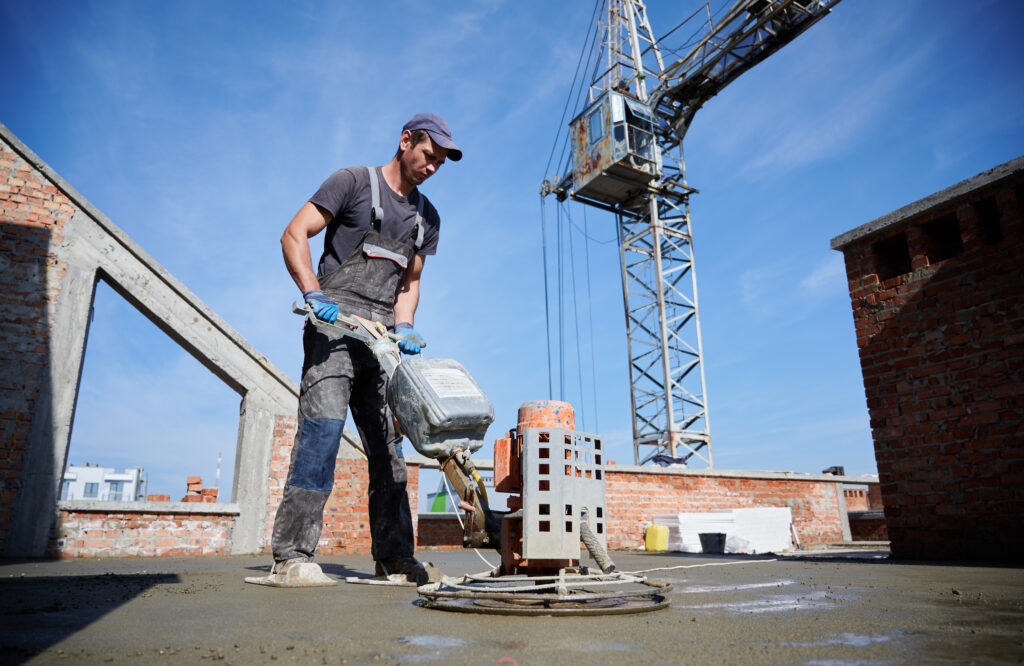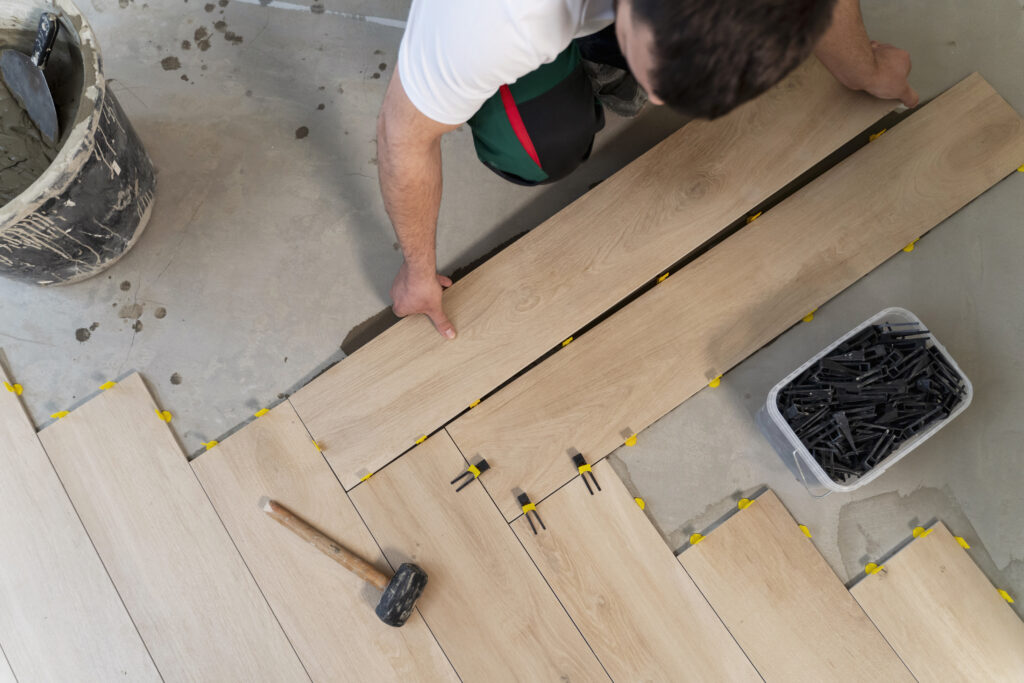Embarking on a flooring remodel is one of the most impactful home improvements you can undertake. It defines the aesthetic of every room, affects comfort, and yields an excellent return on investment (ROI). However, without proper planning, a flooring remodel can quickly become an overwhelming and costly experience. This comprehensive guide provides the essential knowledge you need, covering everything from initial budgeting to final installation, ensuring your flooring remodel project is executed perfectly and lasts for decades.
Step-by-Step Planning and Budgeting for Your Flooring Remodel
Success in any flooring remodel begins long before the first board is laid. Proper budgeting and scheduling prevent costly delays and surprises on your renovation.
Project Cost: Budgeting for Materials and Labor for Flooring remodel
The total project cost for a flooring remodel typically splits between materials and labor. While the price of the finished floor (like hardwood or tile) is easy to compare, never overlook the cost of installation accessories, like adhesives, vapor barriers, and trim. A new flooring remodel must account for these necessary additions. Always secure a comprehensive quote before starting your renovation.
Essential Checks Before Your Flooring Remodel Begins
A crucial step in every flooring remodel is a thorough inspection of the subfloor. Any moisture issues or uneven surfaces must be addressed through repair or leveling before new materials arrive. This avoids long-term problems like buckling, gapping, or warping after the new surface is installed. Additionally, confirm that your chosen material (especially wood products) is allowed adequate acclimation time within the home environment to stabilize against humidity.
Choosing the Right Material for Your Flooring Remodel
Your choice of material heavily depends on the room’s function, expected traffic, and exposure to moisture. Selecting a durable material that matches the environment is key to the long-term success of your flooring remodel.

LVP and Tile for High-Moisture Remodel Areas
For kitchens, bathrooms, and basements, materials offering superior moisture resistance are essential. Luxury Vinyl Plank (LVP) is highly favored for its waterproof core and durability, making it perfect for areas prone to spills or humidity. Likewise, ceramic or porcelain tile provides a rugged, long-lasting surface ideal for any demanding interior remodel. Tile’s ability to resist standing water and its minimal maintenance needs make it a top choice for utility spaces.
Hardwood and Laminate for Living Area Flooring Remodel Choices
A classic, solid hardwood floor offers timeless beauty and a higher resale value for main living spaces. It brings unmatched warmth and can be refinished several times throughout its lifespan. If budget is a concern, high-quality laminate provides a cost-effective, scratch-resistant alternative that visually mimics the look of real wood. When considering hardwood, discuss the various species and finishes with your contractor to find the balance between look and durability.
Executing the Flooring Remodel: Tear-Out and Installation
The execution phase requires precision. Your contractor needs to manage the tear-out (removal of the old material) efficiently and ensure a flawless final installation.
The Importance of Professional Flooring Remodel Installation
Professional installation is non-negotiable for a lasting flooring. Skilled contractors understand the specific requirements of each material, ensuring proper acclimation, applying the correct adhesives or floating techniques, and maintaining necessary expansion gaps around the perimeter. Subpar installation can negate the quality of even the most expensive materials, leading to premature failure.
Minimizing Disruption During Your Flooring Remodel
Be prepared for noise and dust during the tear-out phase of the flooring remodel. This part of the process is often the messiest, as old materials are ripped up and hauled away. A reliable contractor will use dust mitigation measures, seal off adjacent rooms with plastic barriers, and ensure timely disposal of the old material to keep your home clean and minimize disruption. Discuss the contractor’s cleanup process—including the use of magnets to pick up stray nails—before they begin the project.
Finalizing and Protecting Your Flooring Remodel Investment
A successful flooring construction concludes with the final touches and protection of your investment.
Post-Installation and Maintenance for Your New Floor
After the new surface is in place, the contractor will install baseboards, shoe molding, and any necessary transition strips. These elements are vital for a finished look and for covering the essential expansion gaps. Finally, ensure all manufacturer and workmanship warranties are transferred to you. Consistent, routine maintenance—like using the right wood floor cleaner for hardwood or a damp mop for LVP—will preserve the beauty and longevity of your new floor.
FAQs
Which type of flooring is the best for a kitchen?
Luxury Vinyl Plank (LVP) and ceramic or porcelain tile are considered best due to their superior resistance to water, spills, and heavy traffic.
Is solid hardwood or engineered wood better?
Solid hardwood offers a longer lifespan because it can be refinished more times; engineered wood is better for basements or high-moisture areas.
Is Luxury Vinyl Plank (LVP) really waterproof?
Yes, the core of modern LVP is 100% waterproof, making it the top choice for basements, bathrooms, and laundry rooms.
How do I calculate the cost for a flooring project?
Combine the price of the material, the labor cost for installation, and a budget for subfloor preparation and trim work.
What is the main difference between laminate and hardwood?
Hardwood is solid, natural wood that can be sanded; laminate is a composite material with a photograph layer that cannot be sanded.



